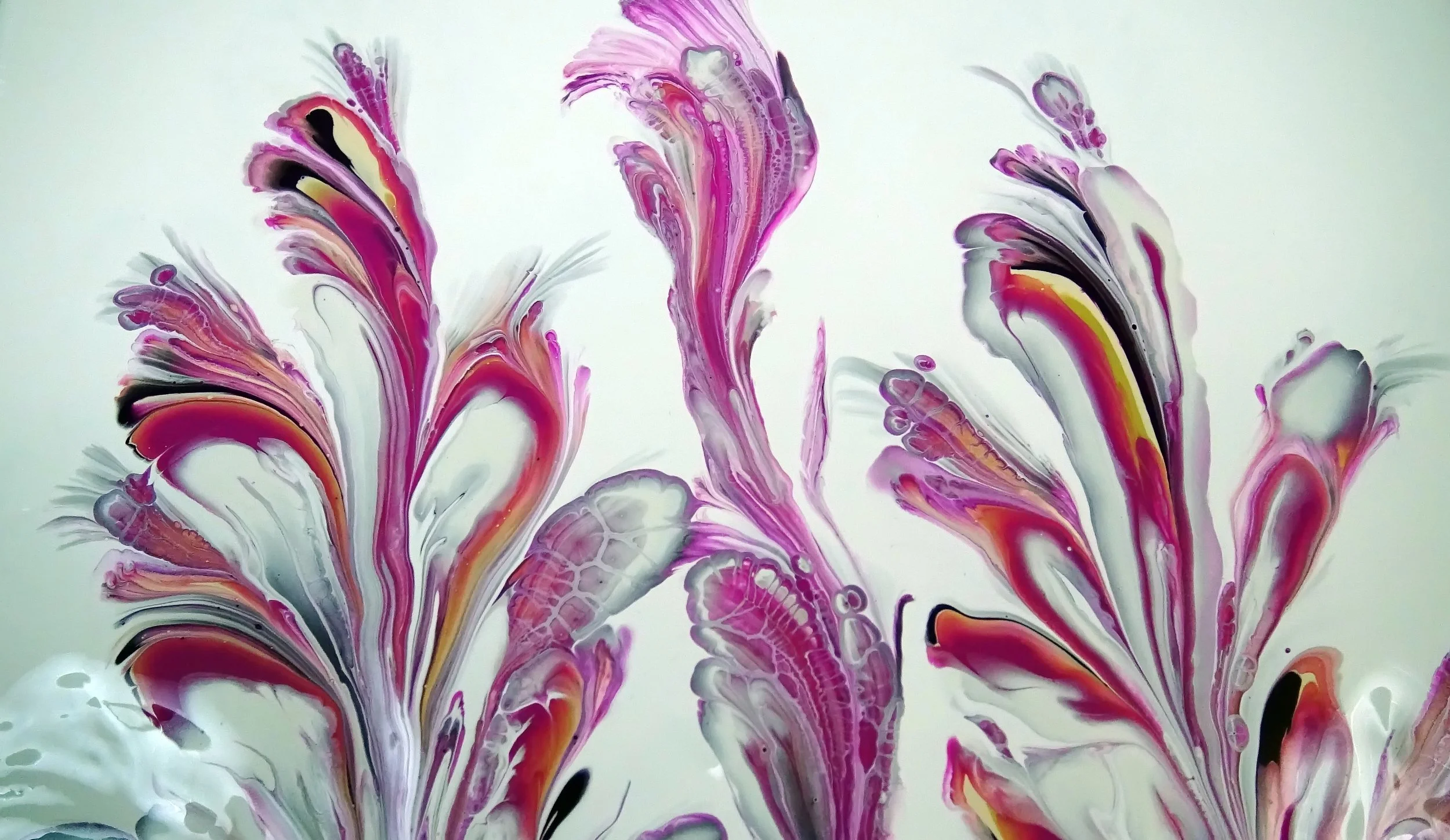Responding to the changing landscapes of the academy and the wider society, the GTU has created an innovative approach to doctoral education that features new opportunities for interdisciplinary scholarship and interreligious conversation.
The Parliament of the World’s Religions in Salt Lake City provided a marvelous opportunity for us at the Graduate Theological Union. Founded more than 50 years ago by Protestant and Catholic seminaries, the GTU has now become intentionally interreligious, growing far beyond its Christian roots to include the study of Judaism, Buddhism, Islam, Hinduism, Jainism, Sikhism, and Chinese religions. As the nation’s largest and most wide-ranging center for the academic study of religion, we have scholars who run the gamut from the study of ancient texts and cultures to new religious movements of our day.
Environmental degradation, air pollution, animal extinction … how can we be good caretakers of our planet without becoming overwhelmed by the magnitude of these issues? How can scholars and religious communities respond to the call issued by 2014 president of the American Academy of Religion and GTU alum, Dr. Laurie Zoloth, to help fight climate change?
The object in the photo is a Cong, which was used in Chinese burial rituals dating back to the Neolithic period. The piece is usually, as in this case, a piece of jade hollowed out in a tube or circular pattern on the inside and a rectangular shape on the exterior. “The circle comes close to the edges of the squared enclosure. Seen from above, the view of a Cong is that of a circle-in-a-square, or a mandala.”
The Center for Swedenborgian Studies will become an affiliate of the Graduate Theological Union on July 1, 2015 after partnering with Pacific School of Religion as a House of Studies since 2001. Emanuel Swedenborg (1688-1772) was an eighteenth-century Swedish scientist who was also an active member of Sweden’s national parliament. He underwent a dramatic mid-life spiritual crisis that resulted in a vocational change from one as a natural philosopher and government official to that of secluded biblical revelator and Christian prophet.
For many Americans, every day is a day of prayer. More than half (55%) of Americans said they pray every day, according to a 2013 Pew Research Center survey, while 23% said they pray weekly or monthly and 21% said they seldom or never pray. Even among those who are religiously unaffiliated, 21% said they pray daily. Women (65%) are more likely than men (46%) to pray every day. Older people (60%) are more likely than younger adults (45%) to say they pray daily.
The sacred art objects shown in these publications come from the collection of over 200 works donated to the Graduate Theological Union by the Lanier Graham family and the Institute for Aesthetic Development in 2014-2015. The collection represents most of the world religious traditions including tribal or indigenous art. The GTU intends to photograph and curate this collection as an online resource accessible by the public. In coming editions of The Interfaith Observer, at least one object will be introduced each month.
As the Graduate Theological Union moves to include representatives of more of the world’s great religious traditions, the framing of issues from an interreligious perspective is already common in the research and writing of students in the masters and doctorate degree programs. Students today, while fixed often in particular religious traditions, also desire to explore how some of the same theological, ethical, historical, and cultural issues are dealt with by other religious traditions and movements. Here are just a few examples of recent master’s level students who engaged in interreligious research and comparative analysis. Miriam Attia’s MA dissertation was entitled “Ethical Concerns in Jewish and Christian Theologies of Suffering” and tackled a subject that tests and challenges all theological and wisdom traditions with the question: “how does one explain the existence of evil in a world influenced or controlled by the Sacred (theodicy)?”
In August, 2014, the Graduate Theological Union was given 189 works of sacred art from all over the world by Lanier Graham and family and the Institute for Aesthetic Development. GTU will use these works for classroom teaching, research, and in exhibitions open to the public in order to maximize access to and utilization of these treasures collected by one family over three generations.
The GTU is a great place to study different religious traditions. Resources abound for students interested in Christianity (Protestant, Catholic, or Orthodox), Judaism, Buddhism, Islam, Confucianism, Taoism, and now Hinduism and Sikhism. But in today’s increasingly pluralistic world, many students come to the GTU not to study any single tradition but to explore the connections between two or more of them. Students may be interested in Muslim-Jewish relations, or Buddhist-Christian dialogue, or the history of interaction between Hinduism and Sikhism. Or they want to learn how different religious traditions address a critical contemporary issue such as climate change or religious violence.
In January, the GTU welcomed renowned professor Dr. Rita Sherma as Director of Hindu Studies, as part of the launch of its highly anticipated Hindu Studies Initiative. The GTU now offers a Master of Arts degree with a concentration in Hindu Studies as well as a Certificate in Hindu Studies. These new Hindu Studies programs can be taken independently or in combination with any degree program at the GTU. The application deadline for all MA programs has been extended to July 1, 2015.
We are pleased to share with you this first edition ofCrossroads, a collaborative project between the Graduate Theological Union and The Interfaith Observer (TIO), a monthly online journal that publishes stories, opinion, and resources focusing on interfaith work throughout the world.
With this issue, we welcome the Graduate Theological Union community to The Interfaith Observer. This edition brings together the richness of the GTU with its strong commitment to education in a diverse ecumenical and interfaith context that has developed over 50 years, with the electronic journal that has emerged more recently covering the many dimensions of the interfaith encounter. With more than 300 contributors to date, TIO offers thoughtful reflection, news of local, regional, and global interfaith events, and articles on the personalities, organizations, and key events that have made up the history the interfaith movement.





